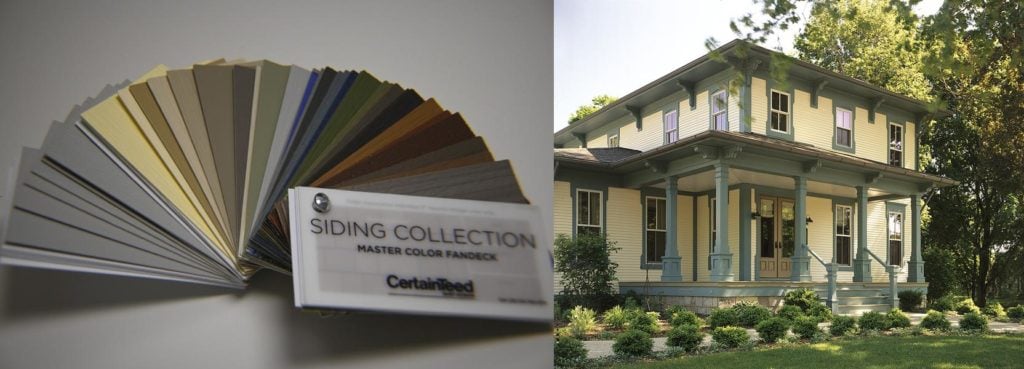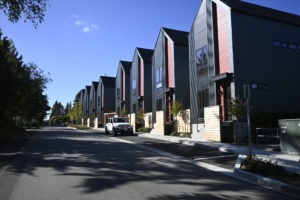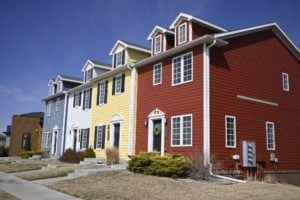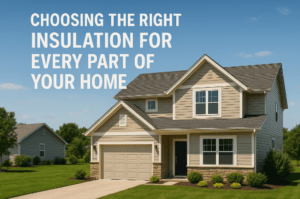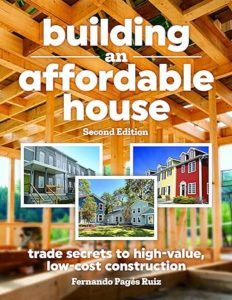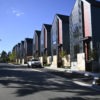Vinyl siding in affordable homes redefines value, durability, and design in modern builds
Vinyl siding in affordable homes is no longer dismissed as “cheap.” It’s proving to be one of the smartest exterior choices, combining durability, energy efficiency, and design appeal once reserved for pricier materials.
No-Maintenance Advantage
Unlike wood siding, which demands regular painting and upkeep, vinyl siding is virtually maintenance-free. Modern formulations include UV- and IR-resistant technology, ensuring colors remain vibrant for decades without fading.
Cost and Energy Efficiency
Vinyl siding is the least expensive cladding option when you factor in painting and maintenance costs. Foam-backed vinyl panels now provide added insulation (up to R-2.5), giving affordable homes a performance boost at a fraction of the cost of fiber cement or brick.
Design Versatility
Today’s vinyl products come in a wide range of textures, profiles, and bold colors. From beaded clapboards to wide-face panels, they can replicate the appearance of traditional wood siding without the drawbacks. Architects who once dismissed vinyl now specify it for award-winning projects, proving that design—not just material—defines elegance.
Environmental Footprint
Surprisingly, vinyl siding ranks among the lowest-impact cladding materials in life-cycle studies. Its production has a 75% lower global-warming potential than fiber cement and 85% lower than brick, making it a practical choice for sustainable, affordable housing.
The Takeaway
Vinyl siding has evolved from a cheap substitute to a leading choice for affordable homes. Its durability, design range, and environmental advantages make it a cornerstone material for the future of budget-friendly housing.
To learn more about designing affordable homes that balance budget, beauty, and sustainability, click here.
Also read: Affordable Roofing Materials: Balancing Cost, Durability, and Curb Appeal
